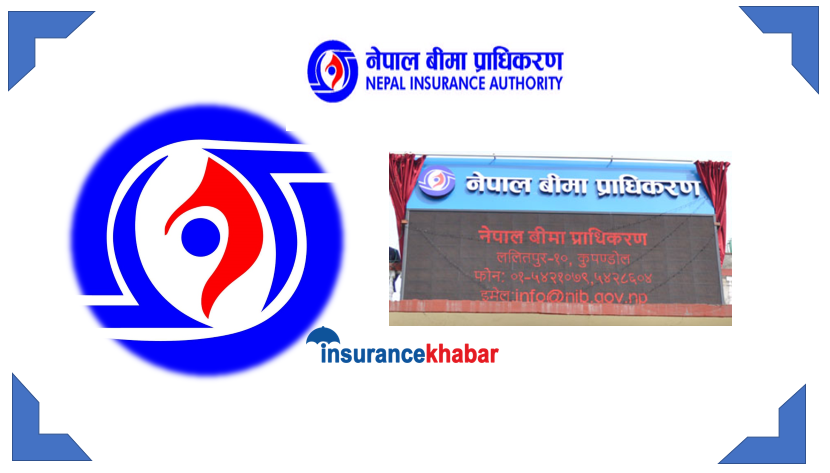Kathmandu: The insurance sector’s regulator Nepal Insurance Authority reprimands insurers over failure to abide by the ‘Directives on Insurers’ Branch 2079′. The Authority formally expresses its dissatisfaction over the indifference of insurers to ensure maximum service delivery with the arrangement of enough workforce and infrastructures in the branch offices.
The Authority had issued the Directives to uplift the physical infrastructures and logistics of branch offices of insurance companies. Further, the Directives also aimed at the arrangement of enough manpower at the latter’s office with an adequate delegation of authority from the central office.
The circular issued on Wednesday read ‘Failure to meet the compliance as per the Directives will lead to a penalty for the insurer. It is the third circular in a row issued by the regulator over the implementation of the provision of the Directives.
The insurers are hesitant to delegate authority and recruit enough workforce for their provincial, branch, or sub-branch offices. The Directives has the provision that province-level offices and branch offices of an insurer must be delegated full authority for the controlling of branch and sub-branch offices, underwriting, claim investigation and disbursement, manpower recruitment and performance evaluation, and business promotion.
According to the Directives, an insurer must establish provincial offices in each of the seven provinces. There must be a minimum of seven employees along with one in the designation of manager as in charge of the office, Similarly, a branch office must have a minimum of five employees and at least one officer ranked employee as the branch in charge. Similarly, the sub-branch offices must have at least three employees.
The insurers have been denying to execute the provisions for the operation of the branch network amid the possible burden of long-term liabilities over human resources. At present a maximum of two, four, and five employees are employed in sub-branch, branch, and provincial offices respectively.










